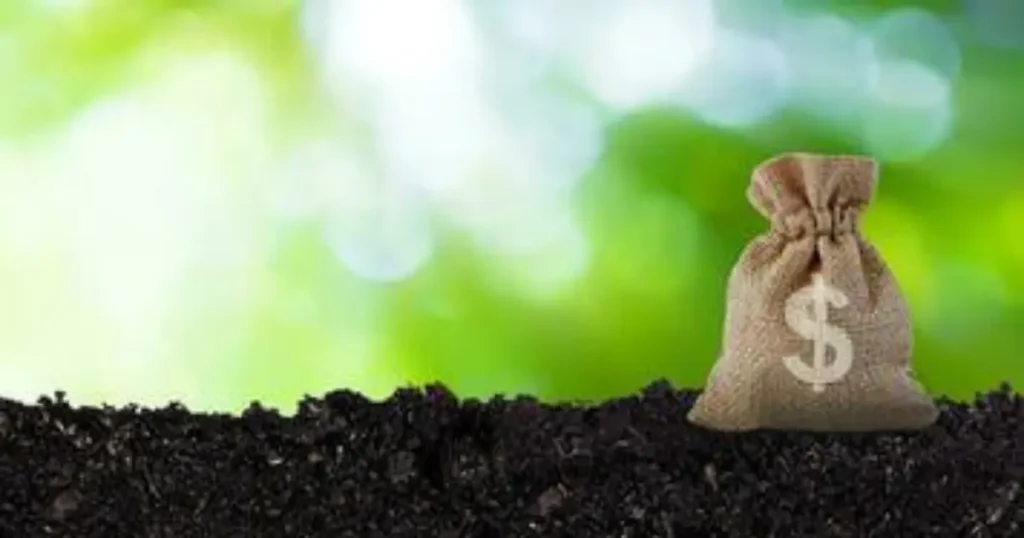Top Soil Conservation: 5 Powerful Ways How Hydroponic Systems Help Save It
Table of Contents
ToggleTop Soil Conservation: 5 Powerful Ways How Hydroponic Systems Help Save It
Top Soil Conservation: 5 Powerful Ways How Hydroponic Systems Help Save It
Introduction
Topsoil is one of the most valuable resources on Earth. It takes thousands of years to form just a few inches, yet human activities like conventional farming, deforestation, and industrialization are rapidly depleting it. With increasing concerns about soil erosion, loss of arable land, and environmental degradation, sustainable agricultural solutions are crucial. Hydroponic farming is emerging as a powerful method to conserve topsoil while ensuring high agricultural productivity.
Hydroponics, a soil-less farming technique, offers an efficient and sustainable alternative to traditional farming. By growing plants in nutrient-rich water solutions instead of soil, hydroponic systems reduce dependency on land, prevent erosion, and minimize soil degradation. In this blog, we will explore five powerful ways hydroponic systems help save topsoil and contribute to a more sustainable future.
Prevents Soil Erosion
.
Soil erosion is a major threat to global agriculture. Intensive farming practices, excessive plowing, and deforestation accelerate the depletion of topsoil, reducing its fertility and making it unfit for cultivation. Hydroponic systems eliminate the need for soil, thereby preventing erosion altogether. Since plants grow in water or other inert growing mediums like coconut coir or perlite, there is no risk of soil being washed or blown away by natural forces like rain and wind.
By adopting hydroponic farming, farmers can produce high-yield crops without contributing to topsoil depletion. This method ensures long-term agricultural sustainability while preserving vital land resources.
Reduces Land Degradation
.
Continuous farming on the same land leads to nutrient depletion, soil compaction, and reduced organic matter, all contributing to land degradation. Conventional farming relies heavily on chemical fertilizers, pesticides, and herbicides, which further deteriorate soil health. As a result, large areas of once-fertile topsoil are turning barren.
Hydroponics eliminates this issue by completely bypassing soil-based cultivation. Since hydroponic systems operate in controlled environments with optimized nutrient solutions, they reduce the need for chemical additives. The absence of soil ensures that no land degradation occurs, making it a sustainable alternative for future food production.
Minimizes Soil Contamination
.
The excessive use of synthetic fertilizers and pesticides in traditional farming has led to widespread soil contamination. Harmful chemicals seep into the soil, altering its composition and reducing its fertility over time. Additionally, industrial and agricultural runoff pollutes water bodies, leading to further environmental damage.
Hydroponic farming significantly reduces soil contamination by removing the need for harmful chemicals. Instead of relying on synthetic fertilizers, hydroponic systems deliver essential nutrients directly to plant roots in a controlled manner. This results in healthier crops without degrading the surrounding land and water sources. As a result, hydroponic farming not only saves topsoil but also promotes cleaner ecosystems.
Requires Less Land for Cultivation
.
With the global population rising, there is increasing pressure on agricultural land. Conventional farming demands vast tracts of land, leading to deforestation and habitat destruction. The more land used for farming, the greater the risk of topsoil depletion and environmental imbalance.
Hydroponic systems, on the other hand, require significantly less space. Vertical farming techniques, stackable hydroponic structures, and greenhouse farming maximize land efficiency by producing higher yields in smaller areas. This reduced land requirement means that more natural landscapes, forests, and biodiversity hotspots remain intact, protecting the Earth’s topsoil from destruction.
Promotes Sustainable Food Production
.
Traditional farming methods are highly dependent on seasonal changes, unpredictable weather patterns, and soil conditions. Climate change has further exacerbated these challenges, making agriculture more vulnerable to droughts, floods, and soil degradation.
Hydroponic farming provides a reliable, year-round solution that is unaffected by soil-related limitations. Since plants grow in controlled environments, farmers can produce fresh fruits, vegetables, and herbs without worrying about soil fertility or degradation. Additionally, hydroponic systems use up to 90% less water compared to traditional agriculture, further reducing environmental impact.
By shifting to hydroponics, farmers can ensure consistent food production without exhausting precious topsoil, securing a more sustainable future for generations to come.
Locally grown food eliminates the need for long-distance transportation, reducing carbon emissions. Hydroponics and aeroponics further contribute to sustainability by using renewable energy sources such as solar power.
Conclusion
Topsoil is an irreplaceable natural resource that sustains global food production, yet conventional farming practices continue to deplete it at an alarming rate. Hydroponic systems offer a revolutionary way to conserve topsoil by preventing erosion, reducing land degradation, minimizing soil contamination, requiring less land, and promoting sustainable agriculture.
As the demand for food rises, adopting hydroponic farming can help balance agricultural productivity with environmental conservation. By embracing this innovative and sustainable method, we can protect our planet’s topsoil while ensuring food security for the future. It’s time to rethink traditional farming and make hydroponics a key player in global agriculture.
If you’re interested in sustainable farming solutions, hydroponics is a game-changer. Explore more about hydroponic systems and how they can transform food production while saving the Earth’s precious topsoil!
-
Bacteria: The Remarkable Role of Microbes for Growing Plants in Hydroponics
-
Hydroponics: The Rookie Mistakes of Growing Plants
-
Chlorine: The Incredible Key to Thriving Hydroponic Plants
-
Molybdenum: Astonishing Importance for Hydroponic Plant Growth
-
Boron: The Astonishing Importance for Plants Growing in Hydroponics
-
Copper: A Powerful Element for Hydroponic Plant Growth
-
Zinc: The Powerful Secret to Hydroponic Plant Growth
-
Manganese: Essential role for Hydroponic Plant Growth
-
Iron: The Crucial Role of Iron in Hydroponic Plant Growth
-
Sulfur: The Vital Key to Thriving Hydroponic Plant Growth
-
Magnesium: The Crucial Role for Thriving Hydroponic Plants
-
Calcium: The Critical Importance for Thriving Hydroponic Plants

